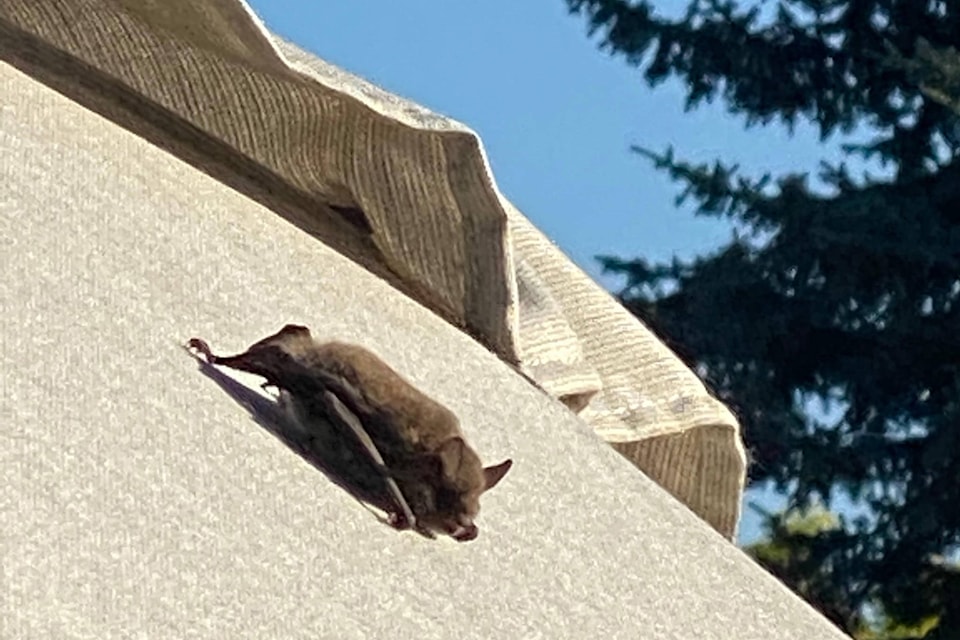It is that time of year again when the BC Community Bat Program (CBP) is seeking help from the public in tracking bat activity.
The middle of summer is typically when property owners start to notice an increase in bats flying into houses, on the ground or roosting in unusual places.
“In July and August, pups are learning to fly, and their early efforts may land them in locations where they are more likely to come in contact with humans,” explained Mandy Kellner, biologist and coordinator with the program.
This year, the recent heat waves and smoke from wildfires may also be driving bats into unusual spots, a CBP press release noted.
READ MORE: Provincial bat count to monitor for impacts of white-nose syndrome
The program is encouraging northwest B.C. residents to report bat sightings, mortalities or changes in bat behaviour by email (skeena@bcbats.ca), phone (1-855-9BC-BATS) extension 19, or through the BC Bats website (bcbats.ca). Biologists are interested in whether the hot, dry summer is affecting the animals’ activities.
“Bats in BC have very low levels of rabies infection, but any risk of transmission should not be treated lightly,” the press release stated. “Contact a doctor or veterinarian if a person or pet could have come into direct contact (been bitten, scratched etc.) with a bat.”
The CBP is also reminding people that under the BC Wildlife Act it is illegal to exterminate or harm bats.
“Female bats gather in maternity colonies to have a single pup in early summer, where they will remain until the pups are ready to fly,” the release explained. “Some species of bats have adapted to live in human structures, and colonies may be found under roofs or siding, or in attics, barns, or other buildings. Having bats is viewed as a benefit by many landowners, who appreciate the insect control. Others may prefer to exclude the bats.”
It also noted exclusion techniques should only be implemented in the fall or winter.
There is more information on how to exclude bats on the website.
editor@interior-news.com
Like us on Facebook and follow us on Twitter
